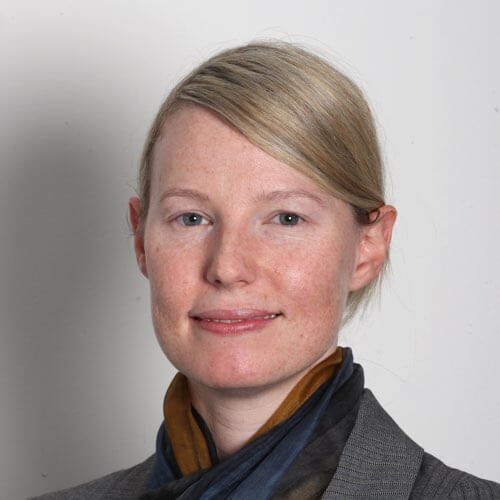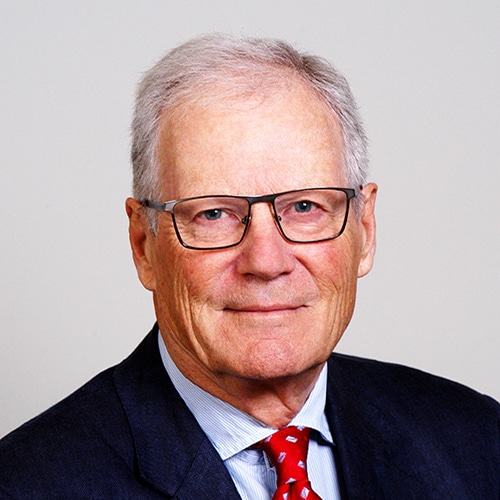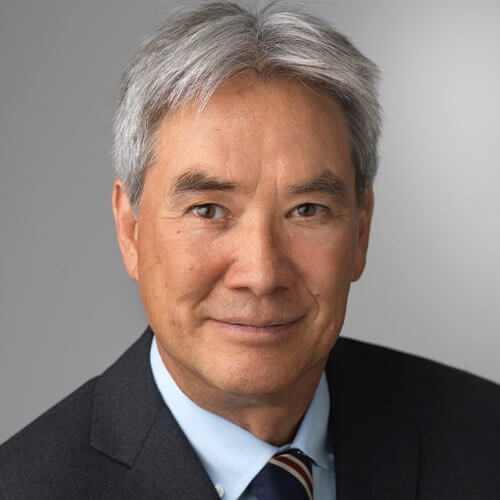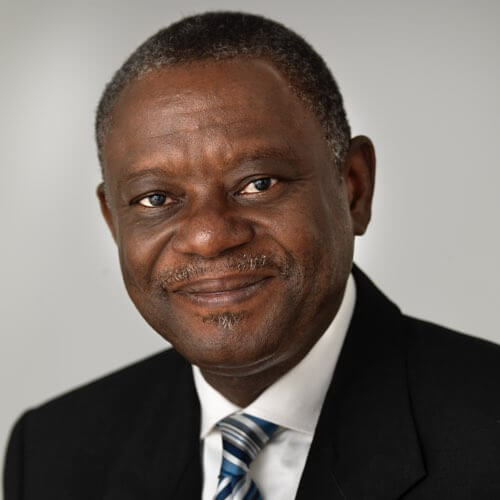
161,835 oz/gold
FY21 Total Production

7 years
Life of Mine

2.33 million oz/gold
M&I RESOURCES

1.32 million oz/gold
P&P Reserves
Exploration – Organic Growth Pipeline
Perseus has an ambitious exploration program with a strong pipeline of prospects close to each of our operating mines, demonstrating the Group’s potential for organic growth. The exploration program is focusing on targets within the existing mine permit, and/or within trucking distance, that have the potential to organically increase the resources and reserves, and ultimately life of mine at our existing operations.
Perseus regularly releases exploration updates to the market; these can be found in the Investors and Media section of the website
YAOURÉ GOLD MINE - CÔTE D’IVOIRE
Perseus holds a number of exploration and exploitation permits with prospects within the Yaouré Gold Mine project area.
Recent exploration has focused on areas all within 2 km of the Yaouré mill, including the Yaouré West Exploration Permit, where it completed 66,000m of RC/DD drilling during FY23. It also completed a seismic study at CMA Deeps, RC/DD drilling at CMA North-West and at the CMA North underground prospect.
Perseus has also completed early-stage exploration of the Allekran, Degbezere and Degbezere NE prospects, which are a further distance from Yaouré. Regional exploration will include integration of geochemical and geophysical datasets to define new targets and better understand long-term prospects, particularly at Allekran and along the Degbezere trend.


Geology
The Yaouré Project lies within the Paleoproterozoic Birimian-age Yaouré greenstone belt in central Côte d’Ivoire. Greenschist facies supracrustal rocks in the Yaouré district consist mostly of an assemblage of pillowed and massive mafic lava flows. These rocks are oriented NNE to NE, dip steeply towards the SE, and are intruded by a number of small plugs, sills and dykes ranging from mafic to felsic in composition. Immediately north of the deposit, this gold-bearing sequence is structurally juxtaposed to a distinct volcano-sedimentary basinal assemblage that includes basaltic volcaniclastic rocks and dacitic sandstones deposited as a series of mass and pyroclastic flows with minor episodes of high energy fluvial activity.
Gold mineralisation in the Yaouré district is hosted by Birimian metabasalts and felsic intrusive rocks. The most significant deposit, the CMA deposit, is hosted by a major mineralised reverse fault system, the CMA thrust structure that strikes N-S and dips at 25 to 30 degrees to the east. CMA mineralisation is distinguished by pervasive, moderate to strong, pink-pale brown albite and carbonate alteration developed within a well-defined slip zone marked by one or several deformation textures with quartz carbonate veins, fault veins, multi dilatant fault breccia, cataclasis and shearing. The combined alteration and vein package ranges up to 15 metres in true thickness. Data from the 3D seismic survey indicate the CMA structure extends more than a kilometre down dip from the known CMA deposit and exploration is currently focused on investigating the potential for additional resources at depth.
The adjacent intrusive-hosted Yaouré deposit comprises mineralisation controlled by east-dipping structures, similar to the CMA, in addition to mineralisation associated with quartz-tourmaline-chlorite-carbonate veining controlled by NE and NW striking, sub-vertical faults and also stockwork quartz veins with associated alteration selvages hosted by a granodiorite intrusive body.
The CMA SW and Kongonza prospects lie on interpreted southern extensions of the CMA thrust structure where it bifurcates into SW and SE branches. The CMA SW structure strikes NE and dips at about 30 degrees toward the SE. Mineralisation comprises gold associated with pyrite in a quartz-albite-carbonate alteration assemblage in metabasalts. The mineralised structure is typically 6-8 metres true thickness. At Kongonza, gold is associated with quartz veining and silicification in a structure striking NNW and dipping at about 40 degrees east. At low gold grade thresholds (e.g. 0.2g/t) the Kongonza mineralisation is up to 70 metres true thickness but potentially economic grades are generally limited to 10-15 metre true thicknesses.
The Govisou prospect is underlain by andesitic basalts intruded by granodiorite bodies. Mineralisation occurs as disseminations of pyrite and arsenopyrite in the granodiorite and in quartz-carbonate veins in both the intrusive and basalts.
The CMA East prospect consists of CMA-like structures in the hangingwall of the CMA thrust identified from 3D seismics where these structures are interpreted to project to surface.
The Degbezere prospects are located along a major regional shear zone around 15-20km west of the CMA area. The geology there comprises mafic volcanics locally intruded by granodiorite bodies. The geology of the nearby Allekran prospect, defined from soil and auger geochemistry, is also underlain by mafic volcanics locally intruded by granodiorite bodies.
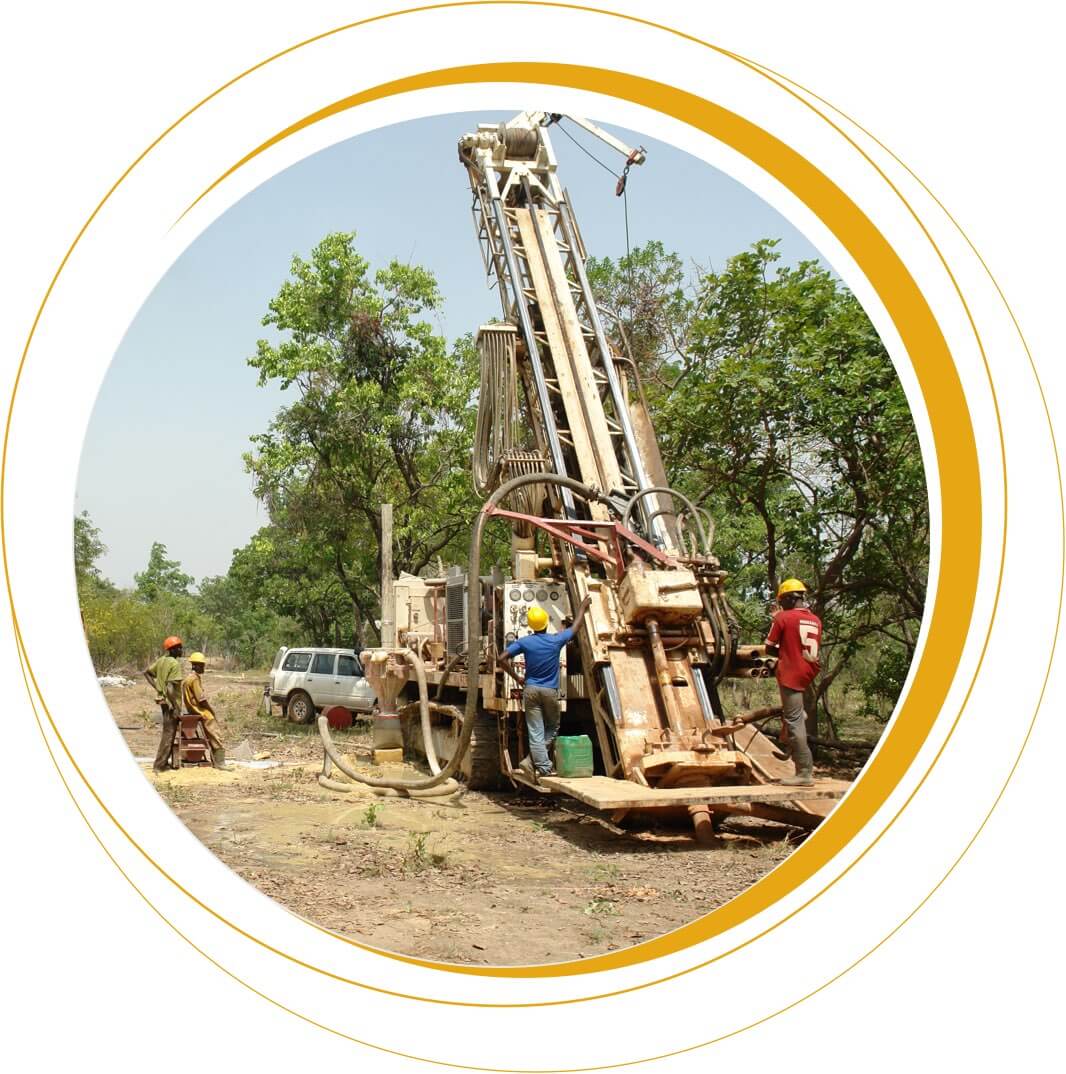
SISSINGUÉ GOLD MINE - CÔTE D’IVOIRE
Perseus’s exploration pipeline for the Sissingué Plant includes the Sissingué Exploitation Permit, the Mahalé Exploration Permit and the Bagoé Exploration Permit. The Mahalé and Bagoé permits are both outside of the existing mine boundary but within trucking distance of the plant.
A review of historical data on the Sissingué Exploitation Permit identified a number of priority “near mine” targets where Perseus completed drilling in FY23.
A ground magnetics survey conducted on the Mahalé Exploration Permit, located east of the Fimbiasso mine, to better define an interpreted intrusive identified a number of targets for follow up.

Geology
The Sissingué Permit is located within Paleoproterozoic (Birimian) rocks of the central part of the Syama Greenstone Belt. The geology of the area is dominated by clastic basinal metasediments intruded by major felsic (granodioritic) and minor mafic to granodioritic intrusions, traversed by predominantly NNE-trending shears and faults.
Gold deposits in the Sissingué district are of the orogenic, greenstone-hosted type. Gold mineralisation at the Sissingué Gold Mine occurs predominantly within a plug-like granodiorite intrusion and felsic dyke system intruded into a metasedimentary assemblage of argillite, siltstone, sandstone and heterolithic sedimentary breccia and conglomerates along a 700-metre-long x 250-metre-thick NNW-trending corridor. Although mineralisation is focused on the granodioritic plug and dykes the metasediments are also strongly mineralised, particularly above the main granodiorite body. Gold occurs within a strongly developed quartz-carbonate vein system with associated carbonate + sericite + albite + pyrite ± arsenopyrite alteration.
In contrast, the Mahalé Permit is located on the western margin of the Syama Greenstone Belt, with gold mineralisation localised along the sheared contacts of a magnetite-rich syenogranite intruded into mafic volcanics. At Fimbiasso East, NNW- to NS-trending ore lenses are oriented at a low angle or sub-parallel to steeply E-dipping faults and associated foliation, while at Fimbiasso West ore lenses are associated with an ESE-trending and gently NW-dipping thrust fault system and associated low angle fractures. Both deposits developed where rheological contrasts between the rigid intrusive rocks and the surrounding volcanic rocks formed favourable conduits for hydrothermal fluids. Gold mineralization is characterized by zones of disseminated pyrite with rare quartz-carbonate vein stockwork, with a distal biotite-chlorite-magnetite alteration overprinted by a proximal hematite + microcline + albite + pyrite + quartz assemblage.
The Bagoé Permit covers an area in which the Syama and Senoufo Birimian greenstone belts converge. Both belts comprise sequences of metasedimentary rocks, felsic-intermediate volcaniclastics and lesser basaltic rock, along with tonalite and granodiorite intrusions.
The Antoinette deposit is hosted by a metasedimentary unit that includes thin intercalations of carbonaceous metasediment. The unit appears to have been the locus for deformation in a sequence of felsic and andesitic volcaniclastic rocks that lie close to the eastern margin of the Syama Belt. Mineralisation extends over a strike length of ~800 metres with widths up to 30 metres.
The Juliette gold deposit is located 3.5km SW of Antoinette and is also hosted by the Antoinette sequence/structure. Mineralisation is subvertical, extends over about 300m strike and generally comprises a single lens 4-10m wide.
Mineralisation at both Antoinette and Juliette comprises pyrite and arsenopyrite associated with silicification, relatively low volumes of vein quartz and very strong sericite and iron carbonate alteration. Most gold is refractory and probably occurs in solid solution in arsenopyrite and possibly loellingite (FeAs2).
The Brigitte prospect is located ~2-3km NE of Antoinette and is hosted by the extension of the Antoinette sequence/structure. Mineralisation appears to lie between mafic volcanics to the NW and mixed diorite and sediments to the SE.
The Véronique deposit, located about 15 kilometres SSE of Antoinette, is hosted entirely within a hornblende granite that is probably located within the Senoufo belt. Mineralisation is centred on a single, 1-6-metre-wide structure that hosts a metre scale stylolitic quartz vein carrying visible gold and traces of pyrite. The vein is surrounded by a 2-3-metre-wide zone of sheared and sericite and iron carbonate altered granite carrying some stringer veins. Mineralisation extends over 900m strike and dips at 45 degrees to the SW.
EDIKAN GOLD MINE – GHANA

The exploration program at Edikan is focusing on targets within trucking distance of Edikan with potential to increase life of mine. During FY23, exploration focused on generating and testing mineralised intrusive bodies within structural corridors, with 2,488 soil samples, 735 auger holes (5,055 m) and 69 RC/DD holes (6,984 m) completed in the period.
Perseus latest exploration activities focused on four target areas adjacent to Edikan:
- Domenase Prospecting Licence
- Agyakusu DML Prospecting Licence
- Agyakusu AM Prospecting Licence
- Nsuaem Prospecting Licence.

Geology
The Edikan Mine and associated exploitation permits are located in the Asankrangwa Gold Belt and is underlain principally by Paleoproterozoic (Birimian) flysch-type metasedimentary rock sequences comprising dacitic volcaniclastic rocks, greywackes and argillaceous (phyllitic) sedimentary rocks that are intensely folded and faulted and metamorphosed to upper greenschist facies.
Gold deposits in the Edikan area are of the orogenic, grey and greenstone-hosted type. Most deposits in this region are controlled by structures cutting Birimian metavolcanic and metasedimentary rocks and/or granitoids of the Eburnean Plutonic Suite.
Alternating seismic and interseismic episodes of deformation created an environment favourable for gold mineralisation. Gold mineralisation at Edikan occurs predominantly in the form of high-grade quartz veins, or vein stockworks, in fractured rock associated with brittle deformation, or in low-grade disseminated sulphide mineralisation comprising arsenopyrite and/or pyrite, within shear zones which have undergone ductile deformation. There are also auriferous quartz veins and stockworks in Birimian metasedimentary and metavolcanic rocks, Eburnean granitoid plugs and dykes.


